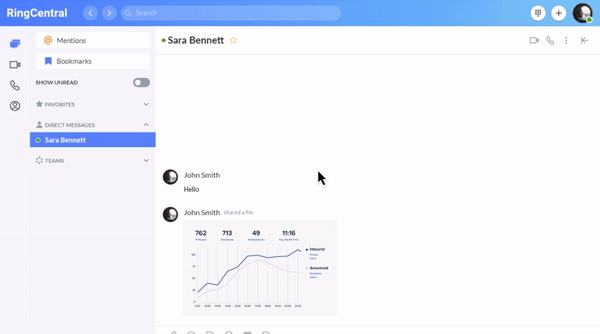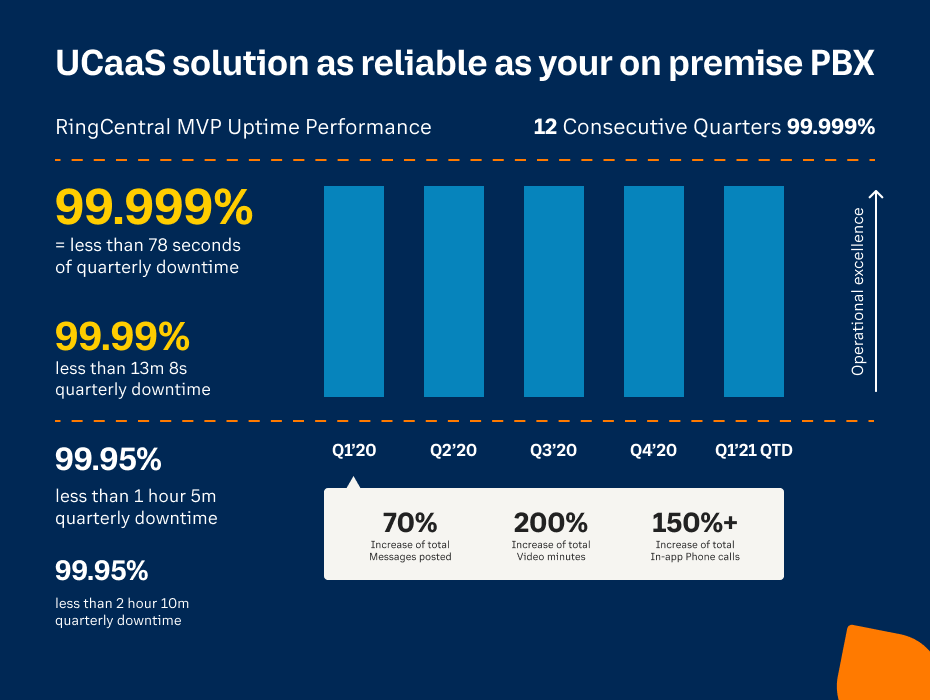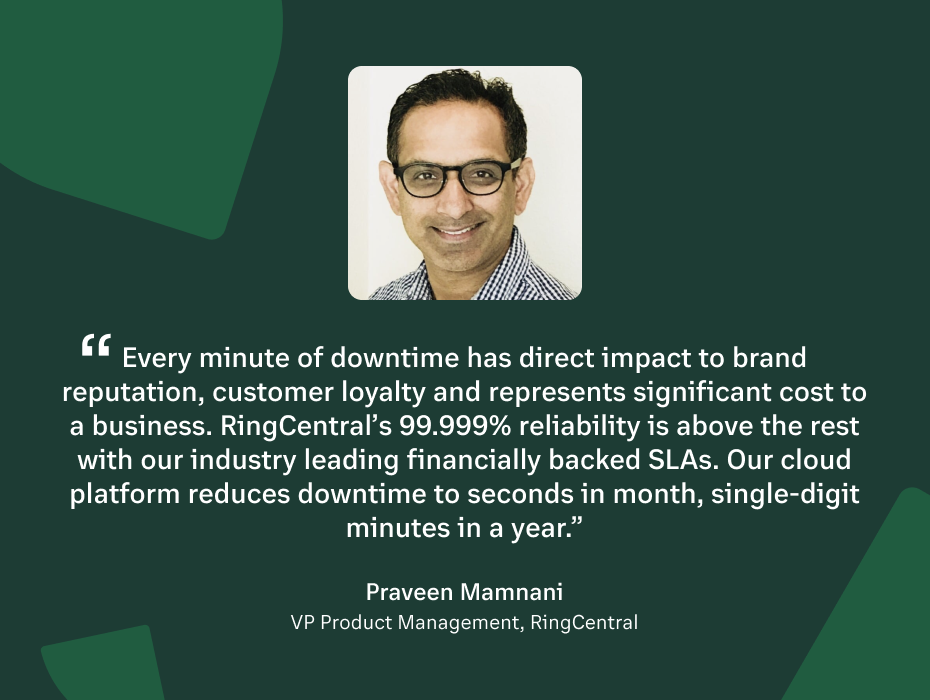Hybrid work has emerged as the new model as businesses look to come out of the pandemic, and with that come challenges around driving productivity as workers operate in a fluid environment. As work becomes more about what you do rather than where you do it, having the right enabling technology matters more than ever.
When it comes to effective collaboration, cloud-based technology is clearly the way forward, and this is where UCaaS – Unified Communications as a Service – offers significant advantages over premises-based solutions, especially telephony. Aside from cloud being the only viable path to supporting a distributed workforce, it offers the best path for integrating telephony with other critical applications such as messaging, video, email, file sharing, etc.
This is the essence of Unified Communications, but none of this will gain adoption unless you can provide reliable telephony service with a high-quality voice experience. Given how quickly communications technologies are evolving, this may seem trivial, but in reality, it’s harder to do than it looks for cloud providers.

While legacy, premises-based telephony systems have inherent limitations for supporting hybrid work, they still provide a highly-reliable, quality user experience. For this reason, it’s easy to see why businesses can be hesitant to adopt cloud telephony. This wouldn’t be problematic if your only concern was to maintain business-grade telephony, but if it’s preventing a move to cloud which brings a broader set of productivity benefits, then you’re not really serving the best interests of the business.
In this context, the decision to adopt cloud to gain these benefits – which UCaaS makes possible – becomes easier if you know there won’t be any compromises with telephony. The best way to ensure that is to partner with cloud providers who can provide reliable service with a great user experience.
The RingCentral Approach to Cloud Telephony
Aside from being cloud-native, RingCentral’s roots are in telephony, so service reliability and user experience are foundational to their success. Providing basic VoIP is not difficult for any cloud provider, but what distinguishes RingCentral is their ability to do so at scale, and with business-grade quality. At a high level, this means having the right architecture that can scale over cloud networks and be on par with the rock-solid performance of legacy telephony.

With hybrid work being global by nature, RingCentral addresses this with a network of over 30 data centers, providing geo-redundancy for service reliability pretty much wherever your workers are located. As such, any localized events such as adverse weather or unexpected traffic surges will simply lead to those calls being routed through other data centers so there is no interruption in service. Furthermore, RingCentral only partners with data centers that have similar architectures, ensuring consistent performance and service delivery around the globe.
The end result is providing service reliability that matches legacy, premises-based telephony, and the best metric for this is uptime, where the gold standard is “five nines”, as in 99.999% availability. Most cloud providers can only deliver four nines reliability or less, and while that extra digit seems small in absolute terms, it represents a massive drop-off in uptime. Whereas five nines translates into only 5.26 minutes of downtime per year, four nines reliability is 52.6 minutes per year, a ten-fold drop-off.
Having less than one hour a year of downtime may seem negligible, but every minute represents a loss in business continuity, lost revenues, lost opportunities for new business, and lost confidence among your customers. Some scenarios may have no material impact, but other outages will come at inopportune times where the impact is much greater, and those outliers should be reason enough to mitigate service reliability risk by going with a five nines partner.

Service reliability has long been measurable in order to support SLAs, which are widely viewed as a core benchmark metric for evaluating the performance of service providers. In this regard, RingCentral’s track record has been outstanding, and as the chart below shows, they have hit this benchmark for 12 quarters running. That should be more than enough assurance that cloud telephony can be just as reliable as any form of legacy telephony.
The Bigger Picture – Bringing the New Age of Voice into Your Business
Establishing high levels of service reliability does more than strengthen the business case for migrating telephony to the cloud. Without this, integrating telephony with other business applications becomes much harder, and the longer phone systems remain as islands in your organization, the less value they will have as hybrid work becomes the norm. Compared to this, UCaaS represents a major step forward in modernizing your communications infrastructure, and giving workers the tools they need to be productive regardless of being in the office, at home or in mobile settings.

Not only that, but there’s a bigger endgame beyond UC. Service reliability also paves the way for the New Age of Voice, where telephony is only one use case for voice. Cloud is the great enabler for Artificial Intelligence, and when paired with voice, an entirely new layer of business value opens up, both for smarter ways of working and better forms of customer engagement. While this New Age holds great promise, none of it will be realized without great service reliability, and few cloud providers understand this as well as RingCentral does.





